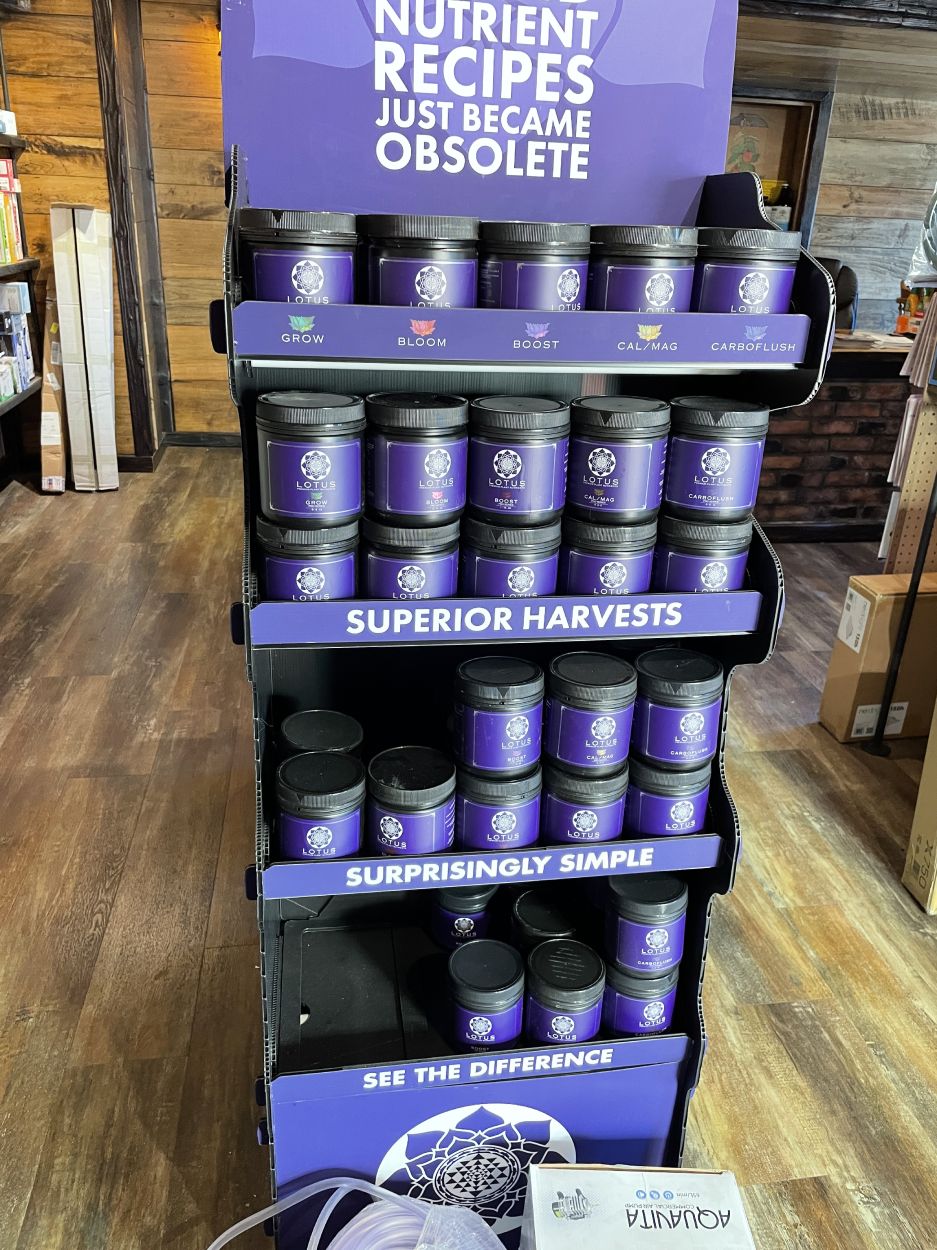Opening the Possible of Hydroponics: Comprehending Its Makes Use Of and Various Kinds
Hydroponics, a technique of cultivating plants without dirt, has gathered increasing attention for its possible to change farming and horticulture methods. As we navigate via the complex landscape of hydroponic systems and methods, it comes to be evident that each strategy holds distinctive advantages and restrictions.
Benefits of Hydroponic Solutions

Another advantage of hydroponic systems is the capability to grow plants in a smaller area. Hydroponic systems lower the danger of soil-borne diseases and parasites, as there is no dirt to nurture these risks.
Typical Utilizes in Farming

Given the effective water conservation and space-saving benefits of hydroponic systems, it appears that these ingenious agricultural methods have actually located typical usages in different industries of agriculture. In standard farming, soil-based farming can be land-consuming and labor-intensive. Hydroponics offers a remedy by permitting crops to be grown without dirt, reducing water usage by as much as 90% compared to standard farming techniques. This makes hydroponics specifically appropriate for regions dealing with water shortage or limited arable land. The regulated environment of hydroponic systems enables year-round farming, offering a regular supply of fresh fruit and vegetables no matter of outside climate problems.
Hydroponics is frequently used for growing a variety of crops, including leafed environment-friendlies, tomatoes, cucumbers, strawberries, natural herbs, and peppers. Its versatility encompasses upright farming, city agriculture, and greenhouse manufacturing. Additionally, hydroponic systems are made use of in research study and academic settings to examine plant nourishment, cultivation, and growth methods. The versatility and efficiency of hydroponics make it a useful device in modern-day agriculture, attending to the difficulties of sustainability, food protection, and resource optimization.
Checking Out Different Hydroponic Methods
Hydroponic systems supply an array of approaches that provide to different plant types and growing goals. In addition, the Ebb and Flow system, likewise recognized as the Flooding and Drain system, periodically floods the plant origins with nutrient remedy, allowing for oxygenation during draining pipes periods. Each of these techniques showcases the flexibility and effectiveness of hydroponic systems in improving crop development and yield.
Contrasting Various Hydroponic Equipments
Exploring the effectiveness and return enhancement techniques in hydroponics leads us to compare different hydroponic systems available for plant farming. Each hydroponic system has its distinct attributes, benefits, and limitations, making it critical for growers to select one of the most appropriate system based on their details requirements and restrictions.
One of the most usual hydroponic systems is the nutrient film strategy (NFT), where a thin film of nutrient remedy constantly flows over the plant origins. This system is treasured for its water effectiveness and suitability for growing leafy greens my sources and natural herbs. On the other hand, the deep water society (DWC) system submerges plant origins straight into the nutrient option, providing enough oxygen and nutrients. The DWC system is economical and reasonably easy, making it a prominent option for newbies.
Another preferred hydroponic system is the ebb and flow (or flooding and drain) system, which regularly floods the plant roots with nutrient solution before draining it. By recognizing the differences between these hydroponic systems, cultivators can make enlightened decisions to make the most of crop yield and high quality.
Advancements in Hydroponic Modern Technology
With innovations in hydroponic innovation, navigate to this site the agricultural sector is observing a change in the direction of more reliable and lasting cultivation approaches. Technologies in hydroponic innovation are reinventing the way plants are expanded by making the most of yields, preserving resources, and lowering ecological impact. One essential technology is the growth of smart hydroponic systems that make use of sensors and automation to keep track of and adjust ecological problems such as pH degrees, nutrient focus, and light direct exposure in real-time. These systems make it possible for exact control over growing problems, causing ideal plant development and higher plant yields.
Another remarkable improvement is the integration of upright farming methods with hydroponic systems, enabling the farming of crops in stacked layers. This upright method takes full advantage of space usage, making it optimal for urban environments where land accessibility is restricted - The Indoor Earthworm. Furthermore, making use of sophisticated LED lights systems customized to certain plant demands has boosted energy efficiency and enhanced development rates in hydroponic setups
Developments like these are driving the advancement of hydroponics, making it a extremely appealing and lasting option for modern agriculture.
Final Thought
To conclude, hydroponics provides many benefits in farming and has numerous techniques and systems that can be made use of to optimize its capacity. Advancements in hydroponic innovation proceed to enhance effectiveness and sustainability in food production. By understanding the usages and various kinds of hydroponic systems, farmers and browse this site cultivators can open the complete possibility of this ingenious method of growing plants without soil.
In addition, hydroponic systems enable for much better control over nutrient levels, pH equilibrium, and environmental problems, leading to healthier plants and greater yields.
